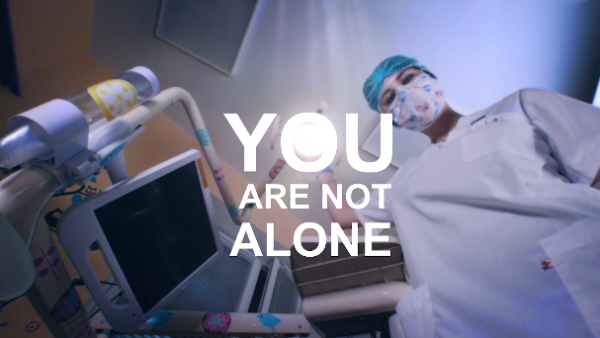FMLA at a Glance
Family and Medical Leave Act (FMLA) at a Glance
In every employer and employee dentist’s career, an event may require time away from the practice. Take time to familiarize yourself with federal and state standards covering employment leave.
Both federal and state laws typically have certain thresholds that must be met for specific statutes to apply; when it comes to workplace matters, that threshold is usually based on the number of employees. Know that thresholds can change over time so be sure you research your state’s current standards.
Be aware that a lack of knowledge of FMLA requirements, or failure to comply with the rules, has the potential to lead to an employee filing a complaint against the practice.
What is Family and Medical Leave (FMLA)?
The Family and Medical Leave Act (FMLA) provides certain employees with up to 12 weeks of unpaid, job-protected leave per year. It also requires that their group health benefits be maintained during the leave. The U.S. Department of Labor (DOL) Wage and Hour Division administers FMLA.
FMLA is designed to help employees balance their work and family responsibilities by allowing them to take reasonable unpaid leave for certain family and medical reasons. It also seeks to accommodate the legitimate interests of employers and promote equal employment opportunities for men and women.
The FMLA covers private-sector employers who have 50 or more employees, public agencies, and private or public elementary/secondary schools. Additionally, the FMLA allows eligible employees to take up to 26 work weeks of leave in a "single 12-month period" to care for a covered military service member with a serious injury or illness. FMLA's leave is unpaid time off.
What Is Paid Family and Medical Leave (PFML)?
The U.S. Department of Labor defines PFML as paid time away from work due to circumstances that require a longer-term period of absence than the employer's regular sick-days policies offer. It has two basic components:
- Paid family leave allows workers to take time off in order to care for ill family members or a new child. It's also known as "family caregiver leave" and "family leave insurance."
- Paid medical leave is for taking time off for one's own serious illness or injury. It's also known as "temporary disability insurance" and "short-term disability."1
What is Paid Sick Leave?
Paid Family and Medical Leave (PFML) shouldn't be confused with paid sick leave, which requires employers in certain states, cities, counties, and towns to provide paid leave for short-term health needs and preventive care. Currently, the states with paid sick leave laws are: California, Connecticut, Massachusetts, New York, Oregon, and Vermont.
Covered Contracts, State and municipal paid sick leave laws shouldn't be confused with an executive order signed by President Obama in 2015—officially known as Paid Sick Leave, Executive Order 13706—which requires companies with federal government "covered contracts" to provide paid sick leave to employees.
For further descriptions of Paid Sick Leave, Family and Medical Leave Act, and Paid Family and Medical Leave, the U.S. DOL offers a comparison chart called “What’s the Difference?”
PFML State-by-State
The specific policy details of PFML vary significantly by state but programs provide partially paid leave per year to eligible employees; from a fund set to a percentage of their wages; hours worked; company size; and duration of employment.






